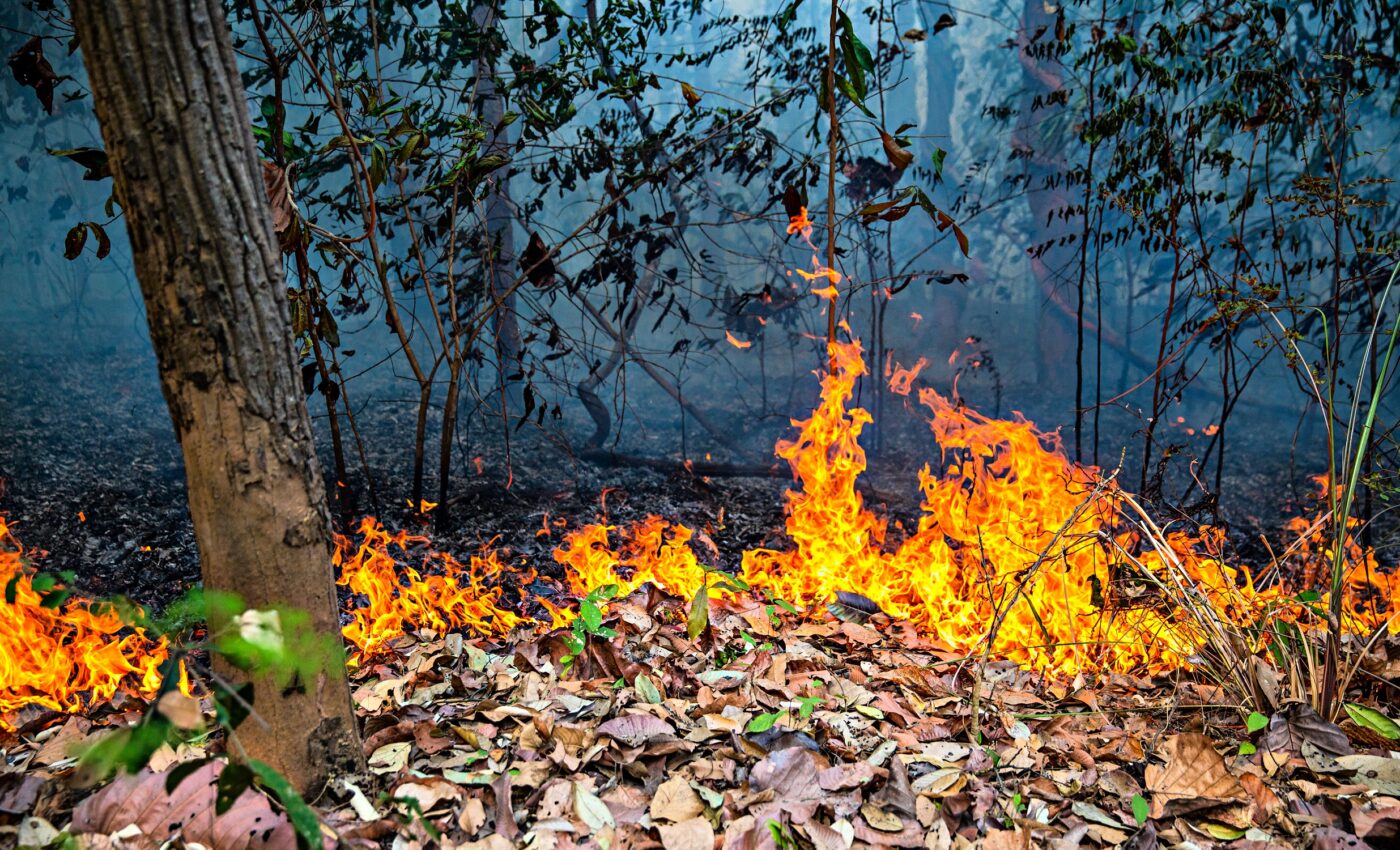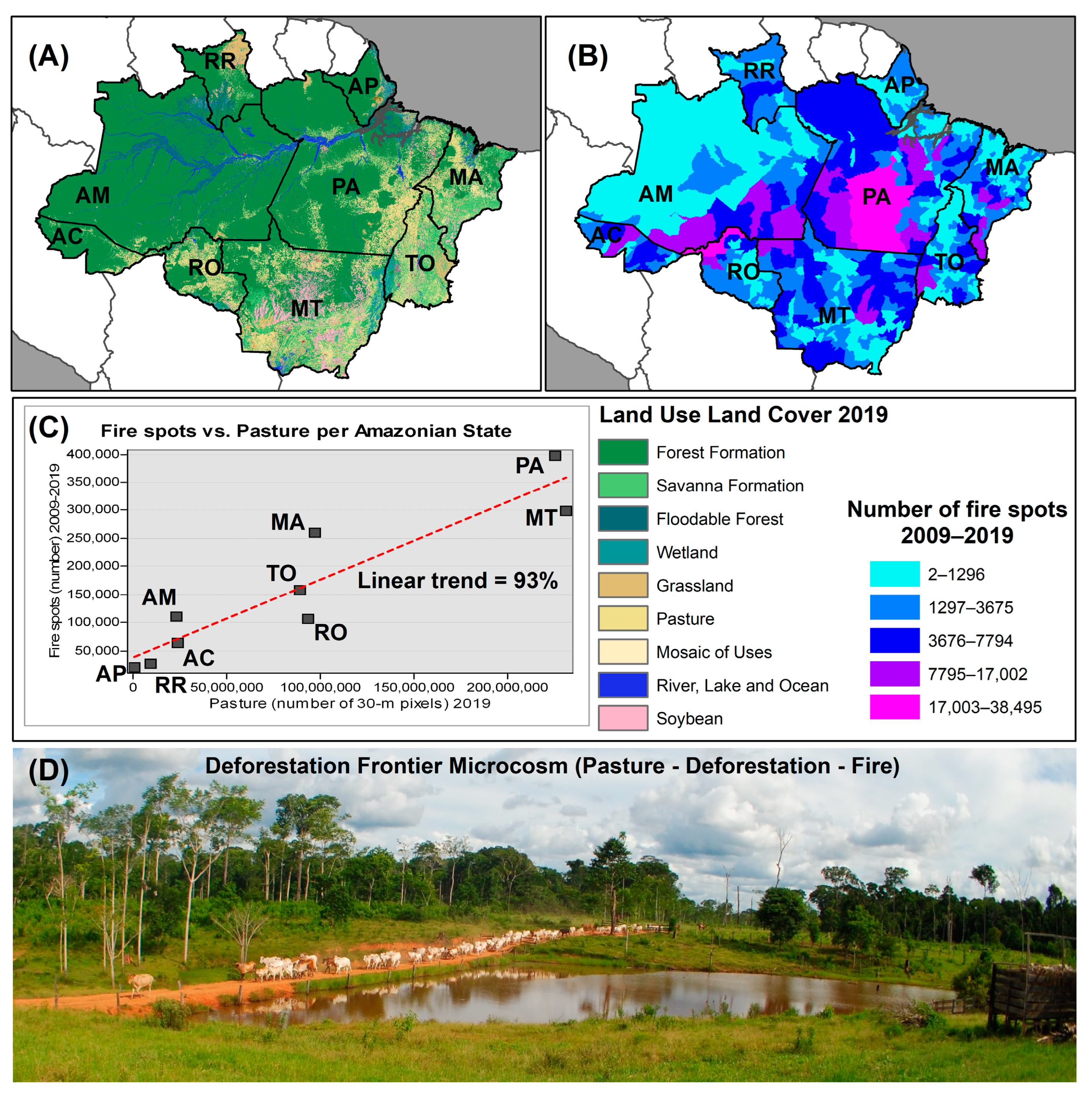Understanding the Impact of Amazon Wildfires on Ecological Balance and Climate
Environmental scientist and advocate for renewable energy solutions.

Environmental scientist and advocate for renewable energy solutions.

The Amazon rainforest, a treasure trove of biodiversity, faces a growing threat from wildfires. These fires are often ignited by people, not natural occurrences.

Illegal land grabbers are emboldened by anti-environment policies. They burn forests to clear land for cattle ranching, growing animal feed, or illegal logging. The dry season, extending from July through November, exacerbates this issue.
Wildfires in the Amazon have devastating consequences on its diverse ecosystems. The flames consume vast stretches of vegetation, leaving behind barren landscapes.
This destruction disrupts the intricate web of life. It severely reduces habitats for countless species. The fires also create "rain shadows," where the smoke particles make cloud formation difficult. This leads to less rainfall and changes the water cycle.
The Amazon is home to one in ten known species on Earth. Many of these are endemic, found nowhere else.

Wildfires put these unique species at extreme risk. For example, the loss of habitat threatens the survival of species like the white-cheeked howler monkey and the giant anteater. The destruction of specific plant species can lead to the extinction of unique insects and microorganisms that depend on them.
Repeated wildfires cause significant long-term changes to the Amazon's forest structure. Unlike some forests, the Amazon rainforest has not evolved to withstand frequent fires.
Many native plant species lack the ability to regenerate after being burned. This leads to a shift in forest composition, favoring fire-resistant species. It reduces overall biodiversity.
Deforestation and wildfires create a dangerous feedback loop. Cutting down trees releases stored carbon dioxide into the atmosphere, contributing to climate change.
A 2021 study showed that between 40,000 and 73,400 square miles of Amazon rainforest have been impacted by fires, affecting 95% of all Amazonian species since 2001. Climate change, in turn, makes the Amazon hotter and drier, increasing the risk of wildfires. This cycle further accelerates both deforestation and global warming. Protecting the Amazon is not just about saving trees; it's about safeguarding our planet's future.
The Amazon rainforest plays a crucial role in regulating the global climate. It acts as a massive carbon sink, absorbing billions of tons of carbon dioxide from the atmosphere.

This process helps mitigate the effects of greenhouse gas emissions. The forest stores carbon in its trees, soil, and vegetation, preventing it from contributing to global warming. You can learn more about this vital function in our related post on how the Amazon rainforest boosts Earth's green health.
When wildfires ravage the Amazon, they release vast amounts of stored carbon back into the atmosphere. These emissions contribute significantly to global warming.
The fires also produce other harmful pollutants, such as carbon monoxide. These pollutants can have far-reaching effects on air quality and human health, even in regions far from the Amazon.
After a wildfire, the forest can recover through natural regeneration. However, this process is slow and often ineffective in the Amazon due to the severity of the fires and the lack of fire-adapted species.
Human intervention, such as assisted natural regeneration and enrichment planting, can accelerate recovery. Techniques like creating fire breaks and controlling weeds can help native species reestablish.
Several successful restoration projects have been implemented in the Amazon. One notable example is the Xingu region in northern Brazil.

Farmers are working with local communities to restore forests through "muvuca," a traditional technique involving a mixture of native seeds. This method has led to the planting of millions of trees, improving water quality and restoring biodiversity.
The future of the Amazon rainforest is uncertain. Continued deforestation and wildfires could push it past a tipping point, transforming it into a drier, savanna-like ecosystem.
This would have catastrophic consequences for global climate, biodiversity, and human well-being. Strong anti-deforestation policies, combined with sustainable land management practices, are crucial. Recognizing Indigenous lands and supporting local communities are essential steps toward protecting this vital ecosystem.
Key Takeaways:
— in Wildlife Conservation and Deforestation
— in Wildlife Conservation and Deforestation
— in Wildlife Conservation and Deforestation
— in Wildlife Conservation and Deforestation
— in Wildlife Conservation and Deforestation